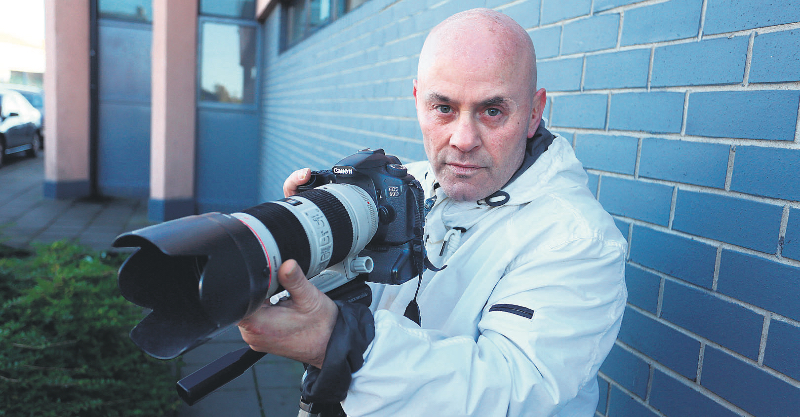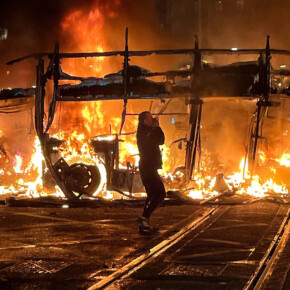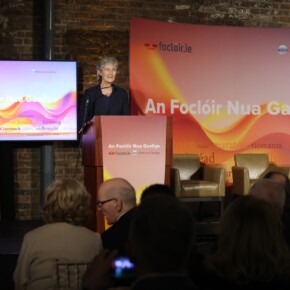Northsider’s movie shows dark side of Dublin’s past
Dublin People 19 Nov 2016
NORTHSIDER George Fitzgerald is a man of many talents. He’s been a successful boxer, an artist, a writer, and his band – which may have inspired ‘The Commitments’ movie – very nearly made the big time.
This year, with another book on the way, the Finglas man has turned his hand to documentary-making. His 25-minute video ‘The Dublin Behind the History’ is available to watch on YouTube, and looks at a dark period in the city’s history.
While the famine is well known around the world, its lasting effects on the capital are sometimes overlooked. Descriptions of 19th century Dublin are horrific: streets that seemed to move with hordes of rats; workhouses overflowing four times over; barefoot, starving children jailed for stealing food.
The writer-turned-film-maker has always had an interest in Dublin working-class history. But while researching his latest book, he came across a side of the city’s past that doesn’t get as much attention as the period’s big political changes.
He was shocked by what he learnt and decided to turn it into a short documentary.
“This is background information for the story that comes to the front,” he said. “The documentary then is more visual. It’s a book in itself.”
The film mixes footage of the city as we know it with old photographs, illustrations and readings. It looks at how a city described as ‘flamboyant’ in the 18th century came to having the worst slums and biggest brothel in Europe, and asks what can we learn from it?
What particularly horrified George was the history of the Monto, ignored by politicians as it went against their vision for Ireland.
“De Valera had an image of the colleen dancing at the crossroads,” he says.
But the Monto was a huge problem. Said to be the largest red light district in Europe, it was destroying the city’s most vulnerable women. Up to 1,500 prostitutes are thought to have worked in the area at any one time, many of them dying young and leaving orphans behind.
“If you’re standing on Talbot Street and go into the back of Foley Street – we’re only talking about a small area. Can you imagine that amount of brothels and prostitutes in that little area?” says George, “What was going on there was absolutely horrific.”
The film ends with the story of Frank Duff, who took the matter into his own hands, marched on the Monto with a crucifix and nailed pictures of the sacred heart on doors along his way, marking the end of the brothel street.
There’s a longer story behind that symbolic action, but the image, of one man from the community working for what he believes to be right, is powerful, says George.
While today’s Dublin is thankfully a very different place, he believes the way we deal with our capital’s problems still needs work.
“Community life is getting broken down unless there’s people willing to work to help build the community,” he says.
So, what’s next for the multi-talented Dubliner? Another film is a possibility.
“I am looking at different topical subjects, maybe bigger productions,” says George.
But right now, he’s focussed on his latest book- The Secret Life of Ashley Brown- which he hopes to publish on Amazon by the end of the year.
REPORT: Ciara Tamay del Grosso Bates











